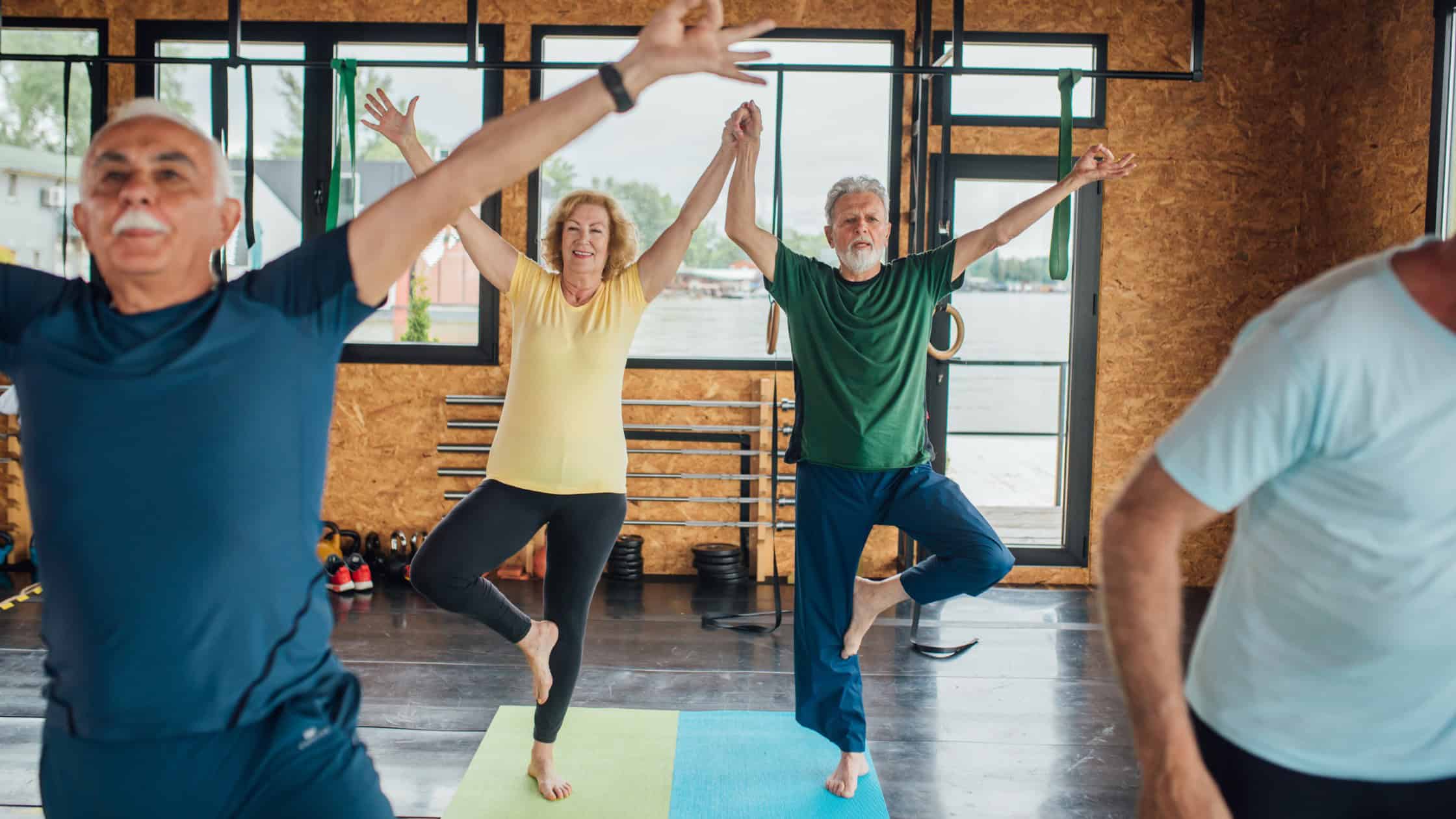Most people wake up in the morning, get out of bed and start their day without thinking about balance. It’s something we take for granted as we navigate around furniture or walk the family dog, but it’s much more complicated than you’d think. Falls are a leading cause of injury and death for senior citizens in Canada. Good balance requires many body systems working cohesively to detect and understand the world around you. It involves your visual system, the vestibular system (inner ear), the central nervous system and an extensive network of position-sensing nerves (somatosensory system). And if all that wasn’t enough, even your muscles are pressed into action as you try to step over the dog without falling as you rush out the door in the morning. Age-related changes to any of these areas can then affect your balance and result in a devastating fall. That is why routinely practicing balance exercises for seniors (exercises that are modified for older adults) is so important for healthy aging and maintaining your independence.
Why Is Poor Balance A Problem For Seniors?
As we age, maintaining balance becomes crucial for staying independent and avoiding potential injuries like slips and falls. Poor balance among seniors can result from various factors such as chronic illnesses, medication side effects, or impaired vision, leading to an increased risk of falls. Balance issues can also result in life-changing emergencies for older adults. Falls in seniors are the number one reason contributing to hospitalization, fractured hips, and ultimately a loss of independence. That is why taking action to improve your balance and minimizing your risk of falling is so important. It’s not too late!
At What Age Does Our Balance Start To Decline?
Balance tends to subtly decline from the age of 40 onwards, progressing more noticeably into the senior years. However, this decline isn’t inevitable, as proactive measures like regular exercise and a balanced lifestyle can significantly mitigate and slow this deterioration.
Can Poor Balance Be Improved?
Yes, improving your balance is possible for almost everybody, regardless of age! Engaging in a consistent regimen of targeted exercises specifically designed to enhance balance and strengthen muscles can notably improve stability among seniors. This proactive approach not only reduces the risk of falls but also bolsters confidence in daily activities.
How Can I Improve My Balance At An Older Age?
Simply put, if you don’t use it, you’ll lose it. The key to improving your balance is using it! Improving balance in older age involves a multifaceted approach. A comprehensive exercise routine encompassing strength training, cardiovascular workouts, flexibility exercises, and dedicated balance-enhancing exercises is pivotal. These activities foster flexibility, build muscle strength, and fortify stability, thus promoting independence and confidence.
7 Balance Exercises For Seniors
Here are 7 of the most effective balance exercises for seniors tailored for seniors seeking to enhance balance, stability, and confidence in their daily movements:
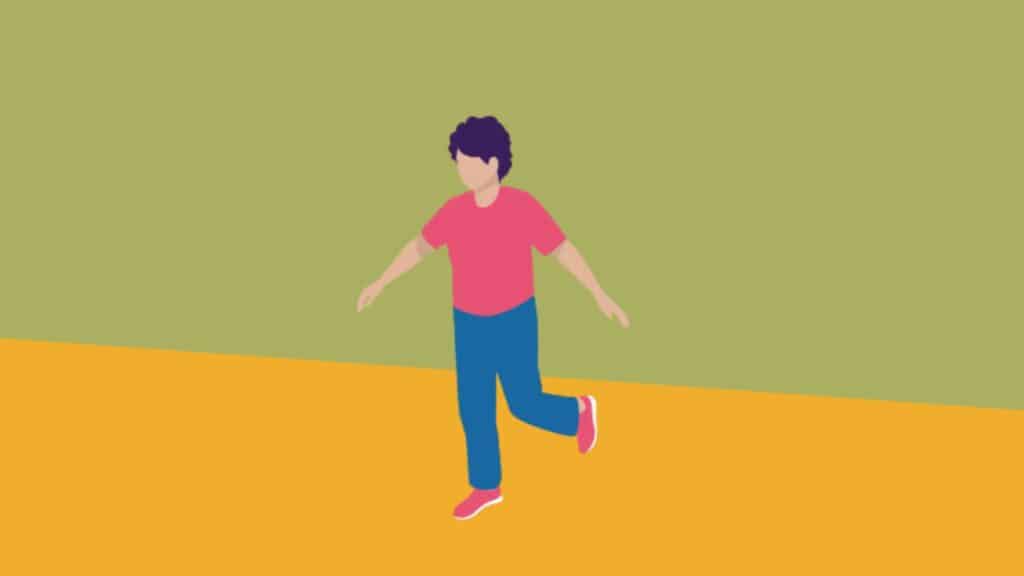
1. Rocking the Boat
Standing straight with your feet apart, shift weight from side to side while lifting one heel at a time. Try to hold each side for up to 30 seconds. This exercise helps promote ankle stability.
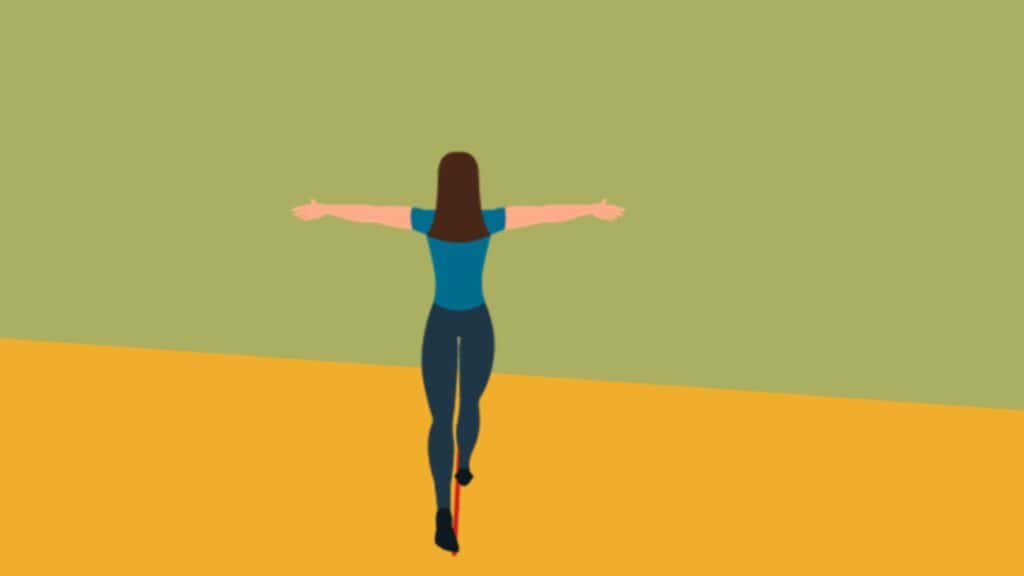
2. The Tightrope Walk
Find a straight line on your floor. The spacing between hardwood or tiles will work, but imagining the line will do as well. Walk in a straight line (on the real or imaginary line), focusing on maintaining balance and posture. Keep each step directly in front of the previous one…as if you were walking on a tightrope.
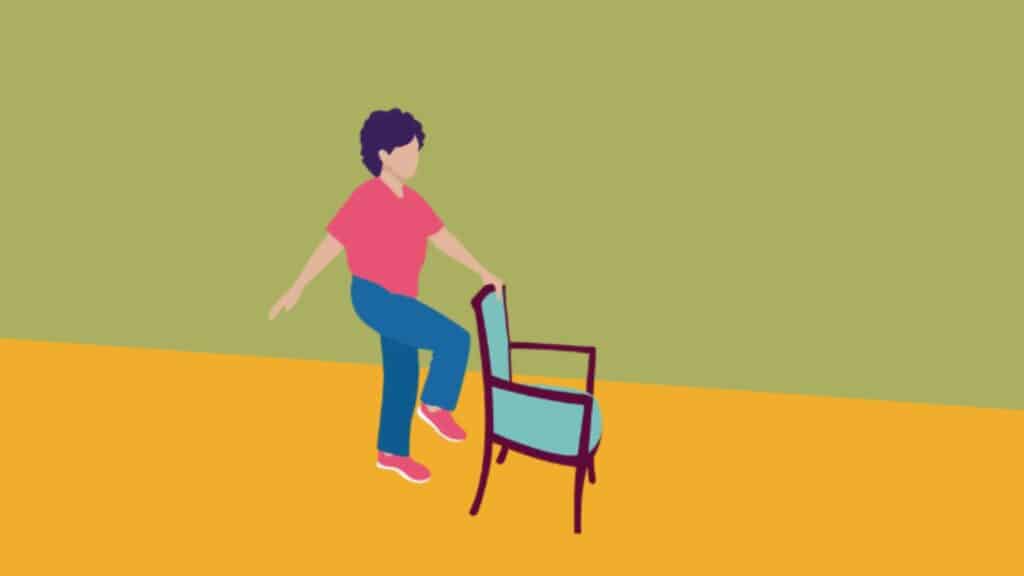
3. Standing Like A Flamingo
While holding onto a wall or chair, stand with your legs shoulder-width apart. Lift one leg in front of you at a time and balance only on the other one for up to 20 seconds at a time. As you gradually work on this exercise, you can advance to more challenging variations like raising your leg higher or trying to put less of your weight on the wall or chair support. This helps your hip muscles and stabilizes your core.
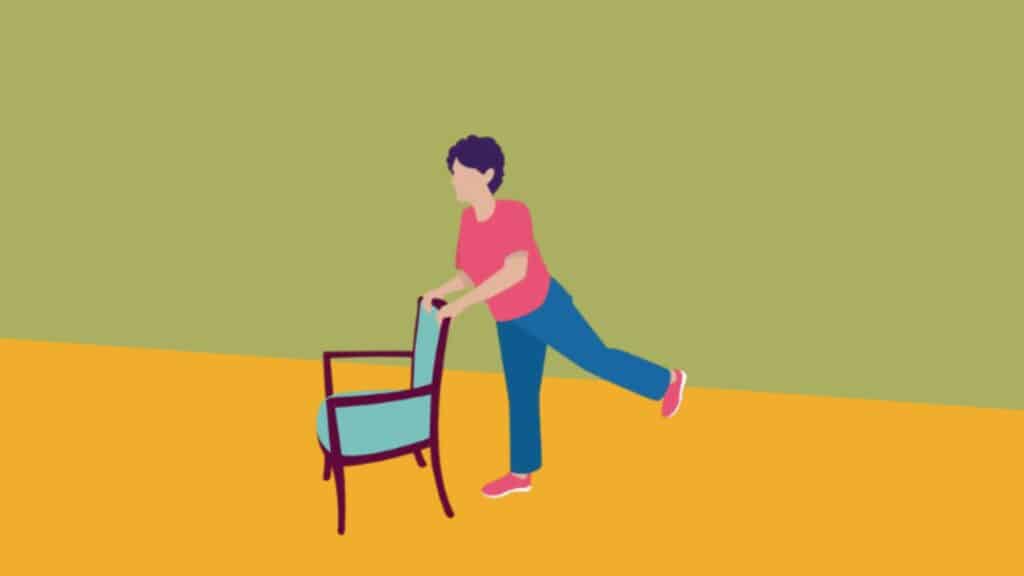
4. Raising Your Back Legs
Strengthening the lower back and glutes to support posture and stability. Standing with a chair in front of you. Slowly lift your right leg behind you (kind of like a ballet dancer) – keep your knees straight and don’t point your toes. Hold that position for up to a few seconds, then gently bring your leg back down. Repeat this up to 15 times on each foot.
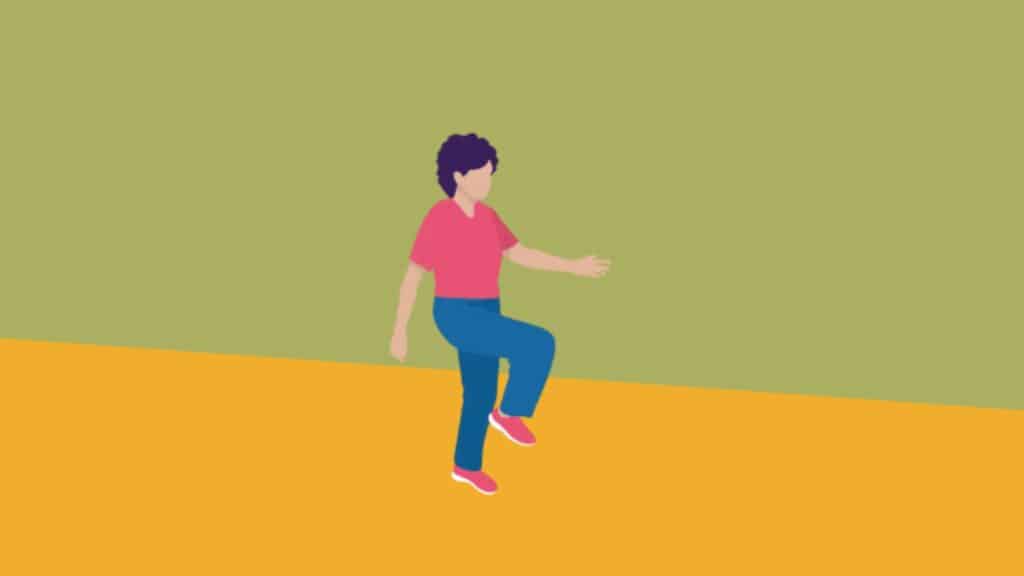
5. Marching In Place
Lift your knees alternately while using a walker, chair, or counter for added support if needed. Raising your legs up to 20 times at a time.
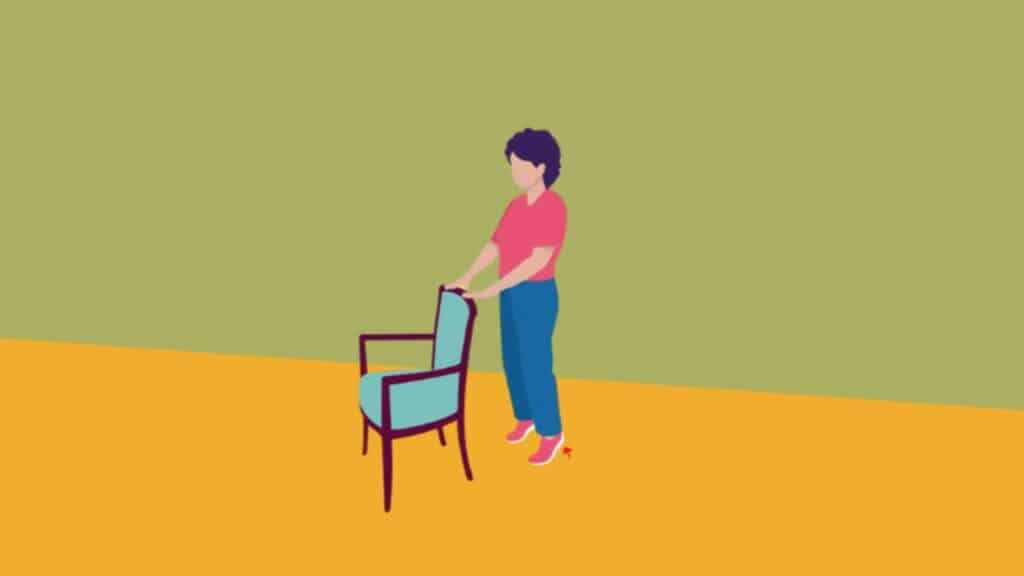
6. Lifting Your Heels/ Toe Lifts
With your hands in front of you, holding onto a wall or chair if needed, stand straight with both legs hips-distance apart. Stand on only your toes as high as you can go, then gently lower yourself. Don’t lean too far forward or backward. Lift and lower yourself up to 20 times.
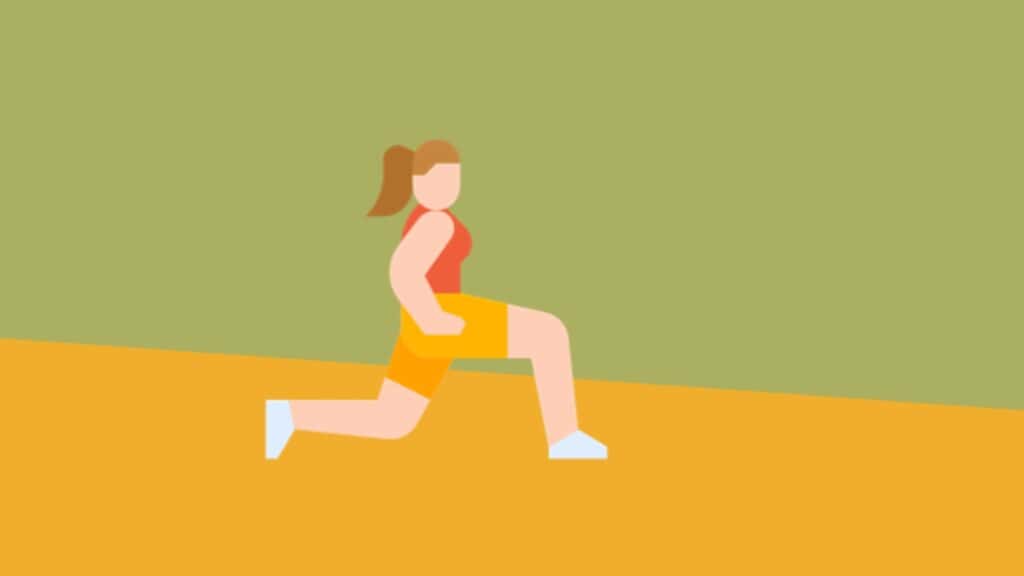
7. Lunges
Stand straight with both legs hip-distance apart. Then put one foot in front of the other. Bend at the knee. Begin to lower yourself, trying to get your body as close to the ground as you can get it to go. Hold on to something for extra assistance and do not push yourself.
Safety Considerations
Some balance exercises are better than no balance exercises. Everybody is different in their physical abilities so make sure you always use safety precautions and never push yourself more than you can handle.
Incorporating balance-focused exercises into daily routines holds immense value in enhancing stability, minimizing fall risks, and improving confidence among seniors. But it is important to know that exercise alone is not enough. We have to think of fall risk reduction through a holistic lens. This means continually incorporating balanced exercise, fitness, healthy diet, hydration, medication management and regular doctor check-ups into our lives.
Disclaimer
This article is meant to be informational in nature and should not replace the advice of a trained healthcare professional or financial professional. What works for some individuals, might be harmful to others. Consult a professional before making any significant changes.

